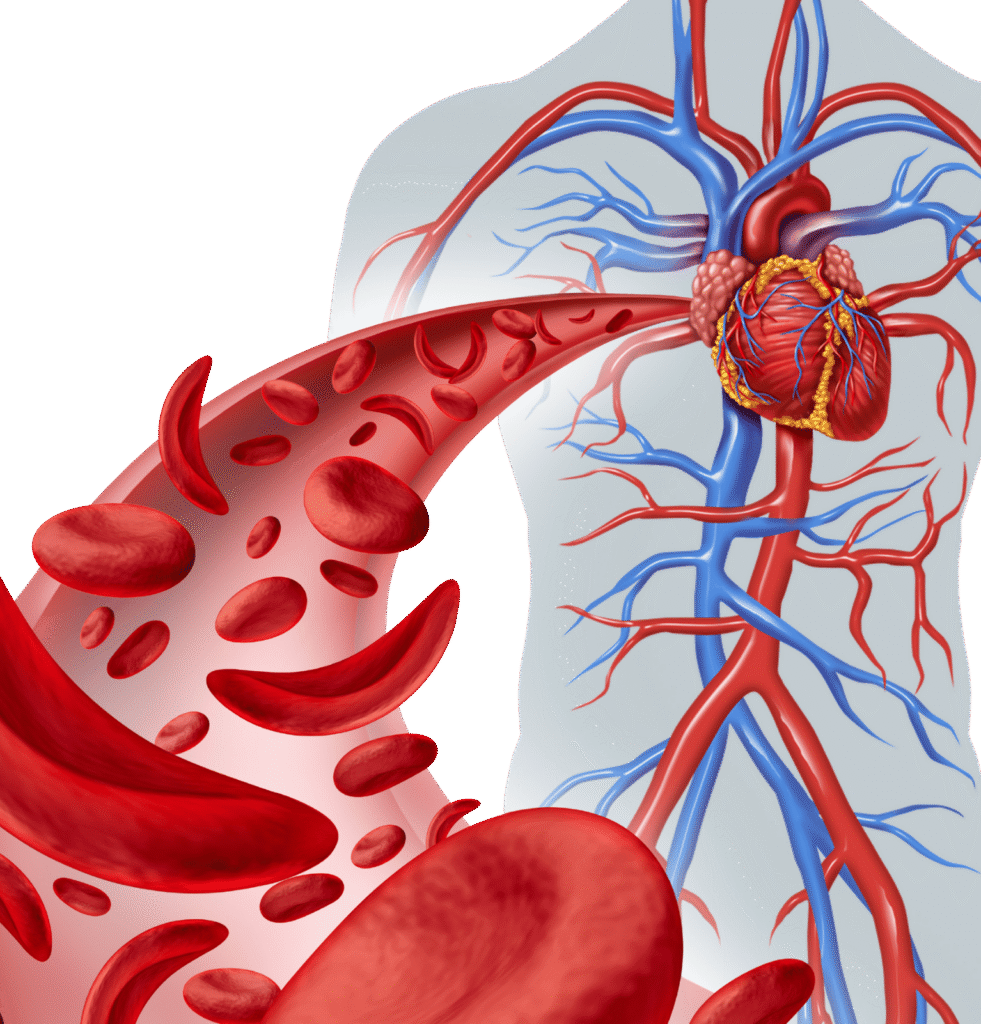Cancer Susceptibility
"Cancer susceptibility" refers to an individual's increased likelihood or predisposition to developing cancer due to inherited genetic factors. While most cancers are sporadic (meaning they arise from acquired mutations during a person's lifetime), a significant proportion (5-10%, sometimes higher for specific cancers) are hereditary, meaning they are linked to inherited gene mutations passed down through families.
Key Concepts in Cancer Susceptibility
Individuals with increased cancer susceptibility carry germline (present in all cells of the body) mutations in specific genes that normally play a role in protecting against cancer (e.g., DNA repair, tumor suppression). When these genes are mutated, the protective mechanism is compromised, increasing the risk of cancer development.
Germline Mutations:
These are genetic changes present in the egg or sperm, meaning they are inherited from a parent and are present in every cell of the offspring's body.
Tumor Suppressor Genes:
Genes that normally regulate cell growth and division, preventing uncontrolled cell proliferation. Mutations in these genes often require a "second hit" (an acquired mutation in the other copy of the gene) for cancer to develop. Examples: BRCA1, BRCA2, TP53, RB1, APC.
Oncogenes
Genes that normally promote cell growth. Mutations in oncogenes can lead to their constant activation, driving cell proliferation. While somatic (acquired) oncogene mutations are common in cancer, germline mutations in oncogenes are rare causes of hereditary cancer.

DNA Repair Genes
Genes involved in fixing errors in DNA replication or damage. Mutations in these genes lead to an accumulation of mutations, increasing cancer risk. Examples: MLH1, MSH2, MSH6, PMS2 (Lynch Syndrome genes), ATM.
Inheritance Patterns
Most hereditary cancer syndromes are inherited in an autosomal dominant pattern, meaning only one copy of the mutated gene is needed to increase cancer risk.
Categories and Types of Bone Marrow Disorders
Bone marrow disorders can be broadly categorized based on whether they involve underproduction, overproduction, or abnormal production of blood cells, or if they are infiltrated by cancer cells from elsewhere.
Why is Identifying Cancer Susceptibility Important?
- information about their elevated cancer risk.
- Targeted Screening and Prevention: Allows for personalized cancer surveillance (e.g., earlier and more frequent mammograms, colonoscopies, or specialized screenings) and preventive measures (e.g., prophylactic surgery, chemoprevention).
- Informed Family Planning: Enables genetic counseling and reproductive options (e.g., preimplantation genetic testing) for individuals planning families.
- Treatment Guidance: For some cancers, identifying an underlying germline mutation can influence treatment decisions (e.g., PARP inhibitors for BRCA-mutated cancers).
- Family Cascade Testing: Once a mutation is identified in one family member, other at-risk relatives can be tested to determine their own genetic status.
How is Cancer Susceptibility Diagnosed?
- Risk Assessment: Based on personal and family cancer history, a genetic counselor or oncologist assesses the likelihood of an inherited cancer syndrome.
- Genetic Counseling: Provides detailed information about hereditary cancer syndromes, inheritance patterns, testing options, implications of results, and psychosocial support.
- Genetic Testing:
- Sample: Typically a blood or saliva sample.
- Methods:
- Single Gene Testing: If a specific syndrome is highly suspected.
- Multi-gene Panels: Most common approach now, testing multiple genes associated with various hereditary cancer syndromes simultaneously using Next-Generation Sequencing (NGS).
- Large Rearrangement Testing: To detect large deletions or duplications in genes not easily found by sequencing.
- Interpretation: Genetic test results are complex and require expert interpretation, especially for Variants of Uncertain Significance (VUS).
Common Hereditary Cancer Syndromes and Associated Genes
- Hereditary Breast and Ovarian Cancer (HBOC) Syndrome:
- Genes: BRCA1, BRCA2 (most common), PALB2, CHEK2, ATM, TP53.
- Associated Cancers: Breast (especially early-onset, bilateral, triple-negative), ovarian (high-grade serous), prostate, pancreatic, melanoma.
- Lynch Syndrome (Hereditary Nonpolyposis Colorectal Cancer – HNPCC):
- Genes: Mismatch repair genes (MLH1, MSH2, MSH6, PMS2) and EPCAM.
- Associated Cancers: Colorectal (especially right-sided, early-onset), endometrial, ovarian, gastric, small bowel, urinary tract, brain, sebaceous gland tumors.
- Familial Adenomatous Polyposis (FAP):
- Gene: APC.
- Associated Cancers: Hundreds to thousands of colorectal polyps leading to nearly 100% risk of colorectal cancer if untreated. Also associated with desmoid tumors, osteomas, duodenal cancer.
- Li-Fraumeni Syndrome:
- Gene: TP53.
- Associated Cancers: Very high lifetime risk of multiple cancers, often at young ages, including sarcomas, breast cancer, brain tumors, adrenocortical carcinoma, leukemia.
- Cowden Syndrome:
- Gene: PTEN.
- Associated Cancers: Breast, thyroid (follicular), endometrial, colorectal, kidney. Also associated with benign growths (hamartomas).
- Multiple Endocrine Neoplasia (MEN) Syndromes:
- Genes: RET (MEN2), MEN1 (MEN1).
- Associated Cancers: Tumors in endocrine glands (thyroid, parathyroid, adrenal, pituitary, pancreas).
Challenges
Identifying cancer susceptibility is a powerful tool in precision medicine, shifting the focus from reaction to proactive risk management and prevention for individuals and their families.

Penetrance
Not everyone with a germline mutation will develop cancer (incomplete penetrance).
Variable Expressivity
The type and severity of cancer can vary among individuals with the same mutation.
Psychosocial Impact
Receiving a positive genetic test result can have significant emotional and psychological implications for individuals and their families.

